Hamstring Recovery: Exploring Research
An article by Schmitt et al. (2020) looked at the correlation between tenderness mapping of hamstring strain and return to play time. The criteria for return to sport in this study included full pain free ROM, full pain free strength in lengthened position, L=R knee flexion angle of peak torque, and ability to complete sport specific exs pain free at competition level speed.
The results of this study found a correlation between return to sport time and patient age, hamstring tenderness length and area, but not width. There was also no difference between medial, central or lateral hamstring strain in regard to return to sport time. Of the measurements taken, tenderness length was found to be the best predictor of RTS, which was measured as a percentage of length from gluteal fold to popliteal fold. Clinically, this study demonstrates the use of tenderness length and age as a way of estimating return to sport time with patients post hamstring strain. The equation they developed is as follows:
Number of days to RTS
=
(% length of tenderness * 2.1)
+
(age * 1.2) – 33.9
An article by Hickey et al. (2020) explored the effects of:
pain free vs pain tolerated threshold rehabilitation for an acute hamstring strain injury
Both intervention groups performed the same rehabilitation program consisting of hamstring strengthening exercises such as:
hamstring bridge
45degree hip extensions
eccentric gliders
Nordic curls
a gradual return to running
The difference between the two interventions was the amount of pain allowed when completing the exercises. The pain free group had to remain 0/10, whereas the pain threshold group was allowed to go up to 4/10 pain during exercise.
The results of this study noted no significant differences between both interventions in terms of recovery time and return to sport. Compared to baseline, both groups showed significant improvements in long head of biceps fem fascicle length at RTS clearance, however there was no significant difference between groups.
At 2 months follow up, however, fascile length of biceps fem was significantly greater in pain threshold group compared to pain free. Furthermore, in regard to isometric knee strength, there was a significant improvement in both groups compared to baseline at RTS clearance. This was significantly greater in the pain threshold group for knee flexion strength at 90/90 deg compared to pain free, which remained significant at 2 months follow up. At 6 months follow up, there was also no significant difference between reinjury rates between both interventions.
This study highlights that it may be unnecessary to avoid pain during acute hamstring strain rehabilitation as there was no adverse effect on RTS, fascicle length or isometric strength in the pain threshold group compared to pain free. There was also a greater improvement in isometric knee flexor strength in the pain threshold group, demonstrating the possibility that exercising at a low pain level may also enhance recovery compared to pain free rehabilitation.
References:
Hickey, J. T., Timmins, R. G., Maniar, N., Rio, E., Hickey, P. F., Pitcher, C. A., Williams, M. D., & Opar, D. A. (2020). Pain-Free Versus Pain-Threshold Rehabilitation Following Acute Hamstring Strain Injury: A Randomized Controlled Trial. The Journal of orthopaedic and sports physical therapy, 50(2), 91–103. https://doi.org/10.2519/jospt.2020.8895
Schmitt, B. M., Tyler, T. F., Kwiecien, S. Y., Fox, M. B., & McHugh, M. P. (2020). MAPPING TENDERNESS TO PALPATION PREDICTS RETURN TO PLAY FOLLOWING ACUTE HAMSTRING STRAIN. International journal of sports physical therapy, 15(3), 421–428.
By Christina Pellegrino.

